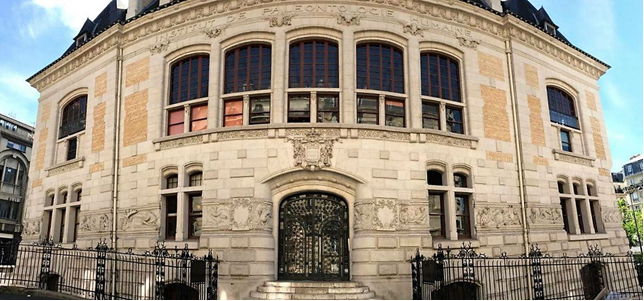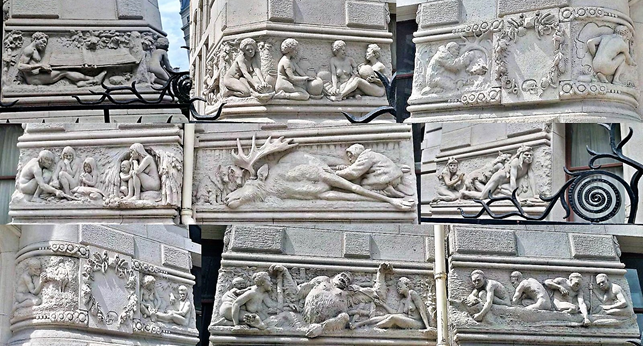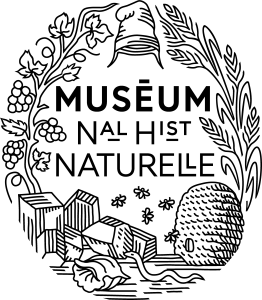
Founded in 1910 by Albert I, Prince of Monaco, the Institute of Human Palaeontology (Institut de Paléontologie Humaine–IPH) became the first research centre in the world to be entirely dedicated to the study of prehistory. Prominent figures in the history of prehistoric studies had a hand in its founding, such as Henry Breuil and Marcellin Boule. As written in its constitution, the aim of the IPH is “le progrès de la Science sur toutes les questions relatives à l’origine et à l’histoire de l’homme fossile” (“the progress of Science on any issue regarding the origin and history of fossil man”).
Today the foundation hosts researchers from the Muséum National d’Histoire Naturelle and from the Centre National de la Recherche Scientifique (CNRS) who keep pursuing the original aim of the foundation using a multidisciplinary approach. In fact, among these researchers there are geologists, paleontologists, paleobotanists, anthropologists and prehistorians who collaborate to carry out research on humankind’s past from a morphological, cultural and environmental point of view.
The IPH takes on three main fundamental missions:
- Field and laboratory research. Archaeological excavations are conducted by IPH in different parts of the world, not only France but also Africa and Asia. Materials from these field activities are then studied in IPH’s laboratories by its researchers.
- Preservation of prehistoric heritage. At IPH, different collections can be found coming from two sources, archaeological excavations or acquisitions, donations and exchanges. Also, there are a photographic collection and an archival collection that preserve the historical memory of prehistoric studies.
- Diffusion and development of scientific culture through courses, exhibitions, publications, conferences, etc.
Focus On The Building
Walking down Boulevard Saint-Marcel, the IPH building can be seen at the junction with Rue René Panhard. Since the facility was specifically constructed to host the foundation, it was designed to recall the kind of research carried out inside. For this reason, the architect Emmanuel Pontremoli commissioned the sculptor Constant Roux to decorate the building with bass-reliefs representing prehistoric and ethnographic subjects.
On the outside walls, there are scenes of the so-called primitive people (such as Aboriginal Australians, Andamanese, Sami and Native Americans) represented during daily activities, like hunting, fishing, lighting a fire and cooking, or during symbolic behaviours, like playing music, mourning and painting. Also, decorations representing prehistoric stone tools and ornaments are present here and there on the facades as well as on the inside of the building. Here, two walls are decorated with the bulls painted in the Altamira cave in Spain, and in the corridors, display cases show archaeological remains studied by the researchers.

If you want to know more about IPH’s history, research programmes and events, here it is the link to the foundation’s website: http://www.fondationiph.org/
This article was written by Ilaria Cicchiello Erasmus+ Master’s student at MNHN from the University of Ferrara (Italy).
